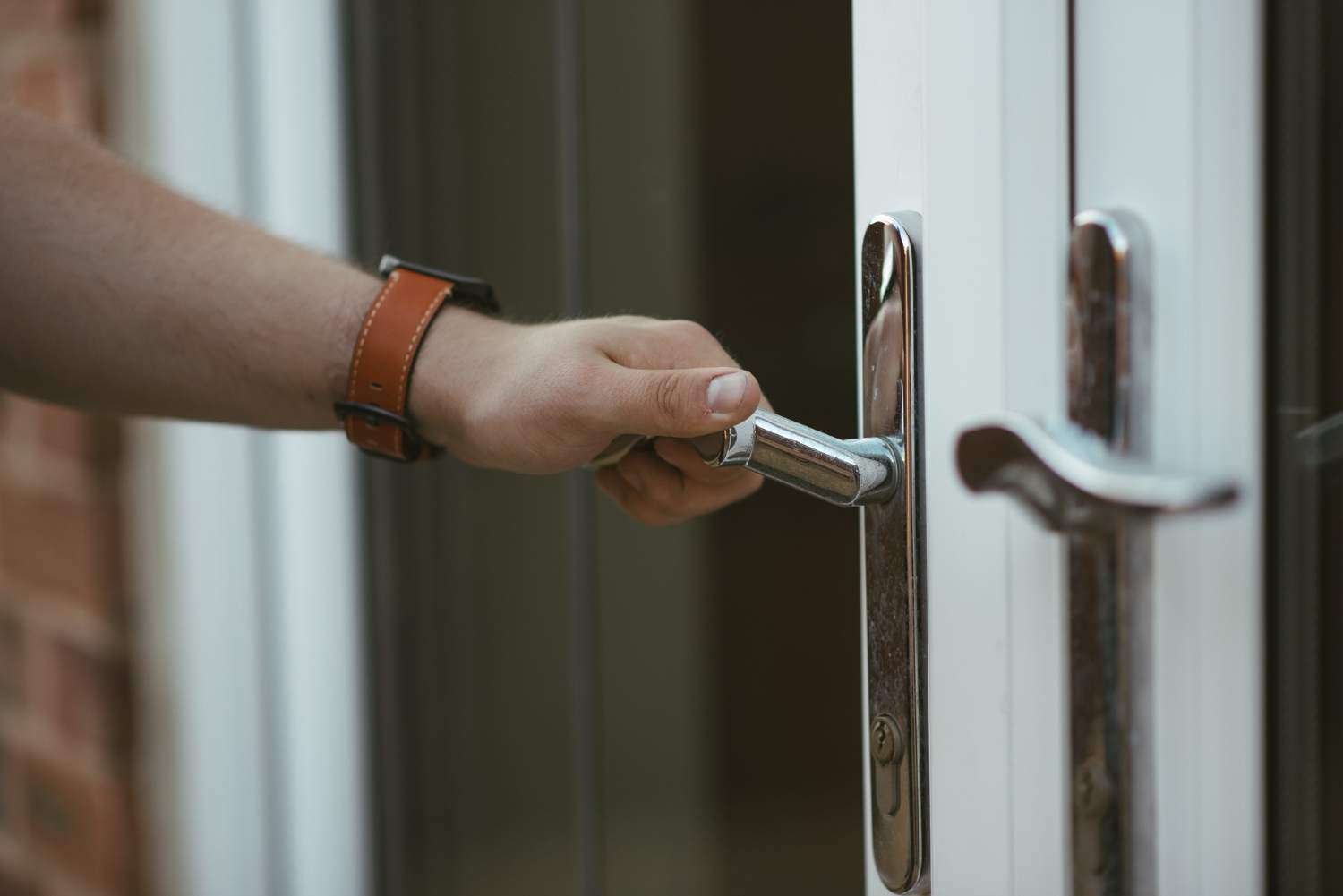
When designing or renovating a space, the architectural door hardware chosen can make a significant impact on the overall aesthetic and functionality. With so many door hardware types, styles, and finishes available, how do you know which to choose for your space? This comprehensive guide will walk you through the various aspects of architectural door hardware, covering everything from door lock types to door accessories, so you can make the best decision for your project.
1. Understanding Architectural Door Hardware-
Architectural door hardware refers to the various components that are installed on doors to ensure their proper functioning, security, and aesthetics. These components include door locks, handles, hinges, closers, stoppers, bolts, and other accessories. Architectural door hardware plays a crucial role in the overall design and feel of a space, as it can either complement or detract from the style of the room. The right door hardware can also improve the security and functionality of your space, making it essential to carefully consider your options before deciding.
2. Door Hardware Types-
a. Door Locks:
When it comes to door lock types, there are several options to choose from, including deadbolts, mortise locks, cylindrical locks, and electronic locks. Deadbolts are the most common type of lock used in residential settings, providing a high level of security. Mortise locks, which are often found in commercial settings, require a pocket to be cut into the door for installation. Cylindrical locks are a more affordable option and are typically used in interior doors, while electronic locks offer key-less entry and can often be controlled remotely.
b. Door Handles:
Door handles come in various styles and shapes, such as doorknobs, door levers, and door pulls. Doorknobs and levers are the most common types of handles, with levers being a popular choice for their ease of use and accessibility. Door pulls are often used on sliding doors or large doors that require more force to open.
c. Door Hinges:
Door hinges are essential for the proper functioning of a door, allowing it to swing open and closed. There are several types of door hinges, including butt hinges, pivot hinges, and continuous hinges. Butt hinges are the most common type, while pivot hinges are often used for heavy doors and continuous hinges provide additional support and durability.
d. Door Closers:
Door closers are devices that automatically close a door after it opens. They are typically in commercial settings, such as offices and schools, and can help improve security and energy efficiency. Door closers can be surface-mounted, concealed within the door, or installed in the floor.
e. Door Stoppers:
Door stoppers prevent doors from slamming into walls, causing damage to both the door and the wall. They come in various styles, such as wall-mounted, floor-mounted, and hinge pin stoppers. Wall-mounted and floor-mounted stoppers are the most common types, while hinge pin stoppers install directly onto the door hinge.
f. Door Bolts:
Door bolts provide additional security to a door by allowing it to lock from the inside. Some common types of door bolts include surface bolts, flush bolts, and barrel bolts. Surface bolts mount on the surface of the door, flush bolts install within the door, and barrel bolts are a combination of the two.
3. Doorknobs vs. Door Levers-
When choosing between doorknobs and door levers, it’s essential to consider both aesthetics and functionality. Doorknobs are a traditional choice, providing a classic look for any space. However, they can be difficult for those with limited mobility or grip strength to operate. Door levers, on the other hand, are more accessible and easier to use, making them a popular choice for modern designs and commercial spaces.
4. Door Hardware Styles and Finishes-
Architectural door hardware comes in a variety of styles and finishes to suit any design aesthetic. Some popular styles include traditional, contemporary, and transitional, while finishes range from polished brass and chrome to oil-rubbed bronze and satin nickel. When choosing the style and finish for your door hardware, consider the overall design of your space and the desired look you wish to achieve.
5. Door Accessories-
Door accessories, such as kick plates, push plates, and door viewers, can enhance the functionality and appearance of your door hardware. Kick plates provide protection to the bottom of the door from scuffs and scratches, while push plates offer an additional layer of protection on doors that frequently open with force. Door viewers, also known as peepholes, allow you to see who is outside your door before opening it, providing an added layer of security.
6. Factors to Consider When Choosing Architectural Door Hardware-
When choosing architectural door hardware, there are several factors to consider, including:
Functionality
Ensure that the door hardware you choose meets the functional requirements of your space. Such as providing adequate security, ease of use, and accessibility.
Aesthetics
Choose door hardware that complements the overall design and style of your space.
Durability
Look for door hardware made from high-quality materials that can withstand frequent use and wear.
Budget
Keep your budget in mind when selecting door hardware, as prices can vary significantly between different types and styles.
Conclusion-
Architectural door hardware plays a crucial role in the overall design, functionality, and security of a space. By understanding the various door hardware types, styles, and finishes available, you can make an informed decision that best suits your project’s needs. Keep in mind factors such as functionality, aesthetics, durability, and budget when making your selection, and don’t be afraid to consult with professionals for guidance and recommendations. With the right architectural door hardware in place, you can create a space that is not only visually appealing but also safe and functional.